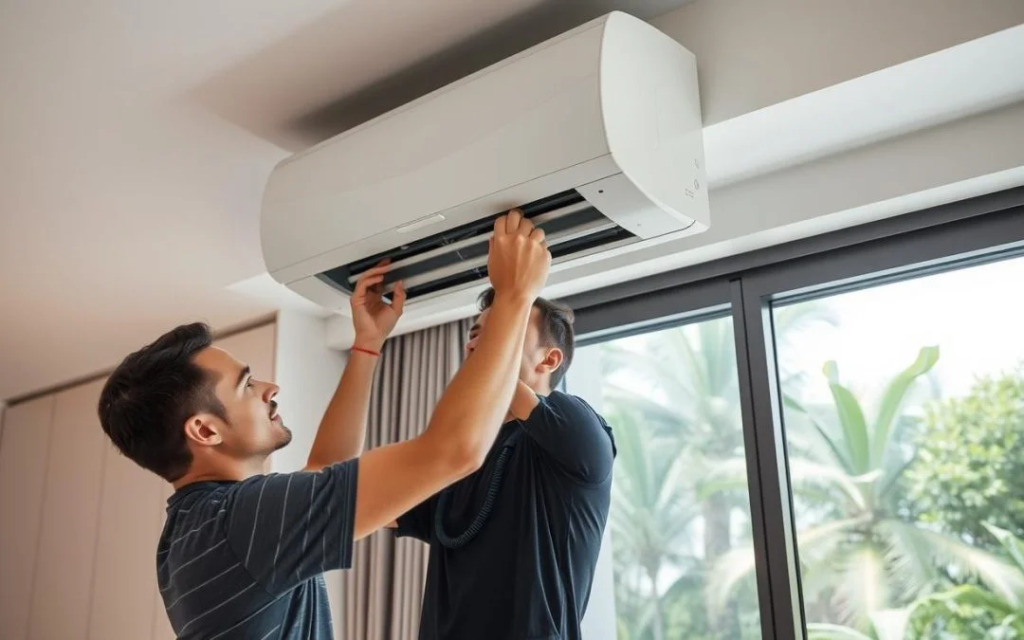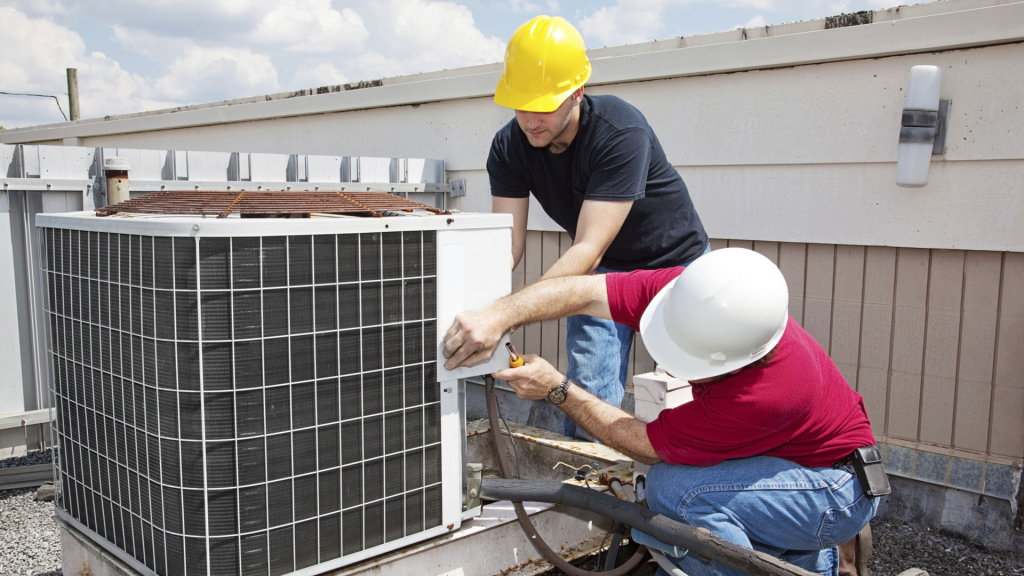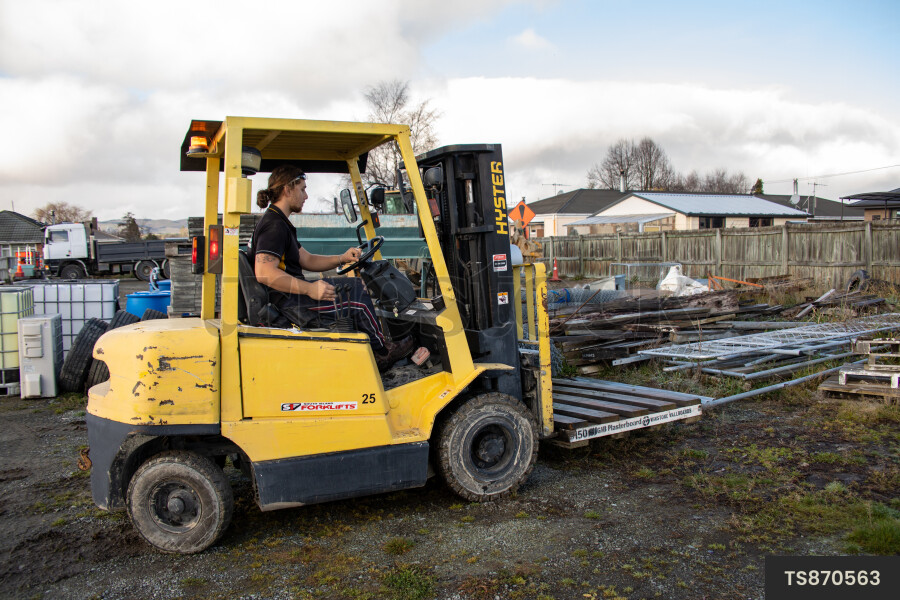Every summer, when temperatures soar and homes and offices rely on cooling, one profession quietly ensures comfort and safety — the HVAC (Heating, Ventilation, and Air Conditioning) installer. These skilled professionals install, maintain, and repair air conditioning systems, making modern life livable in both hot summers and cold winters.
HVAC installation is more than just turning on a machine; it’s a high-demand trade that combines technical skill, problem-solving, and customer service. For those looking for a stable career with long-term prospects, becoming an HVAC installer in the United States offers a clear and rewarding path.

Why HVAC Installers Are in Demand
The demand for skilled HVAC installers continues to grow due to several factors:
- Population growth and the increasing number of residential and commercial buildings.
- Extreme weather patterns, which make climate control systems essential.
- The need to replace and upgrade outdated HVAC systems for energy efficiency.
According to the U.S. Bureau of Labor Statistics (BLS), employment of heating, air conditioning, and refrigeration mechanics and installers is expected to grow faster than the average for all occupations, reflecting ongoing demand for skilled professionals.
What Does an HVAC Installer Do?
HVAC installers are responsible for the installation, maintenance, and repair of heating and cooling systems in homes, offices, and industrial facilities. Their daily tasks include:
- Installing air conditioners, heat pumps, furnaces, and ventilation systems.
- Connecting ductwork, wiring, and thermostats.
- Testing and calibrating systems to ensure efficiency and safety.
- Performing routine maintenance and repairs.
- Advising clients on energy-efficient solutions and proper system operation.
Strong technical knowledge, precision, and safety awareness are essential — HVAC systems involve electricity, gas, and refrigerants, which can be hazardous if handled improperly.
How to Become an HVAC Installer
Getting started in HVAC is relatively straightforward but requires proper training and certification. Steps include:
- Meet Basic Requirements
- Be at least 18 years old.
- Hold a high school diploma or GED.
- Have a basic understanding of math, physics, and mechanical concepts.
- Complete an HVAC Training Program
Technical schools, community colleges, and trade programs offer courses in refrigeration, electrical systems, and HVAC design. Programs typically take several months to two years, depending on the level of certification. - Apprenticeships and On-the-Job Training
Many HVAC installers start as apprentices under licensed professionals. Apprenticeships combine classroom instruction with hands-on experience and often last several years. - Obtain Licensing and Certification
Most states require HVAC installers to be licensed, and handling refrigerants legally requires EPA Section 608 certification. - Start Working in Entry-Level Positions
New installers gain practical experience, learn advanced techniques, and gradually take on more complex projects.
Career Development: From Entry-Level to HVAC Expert
HVAC installation offers a structured career path, with increasing responsibility and expertise at each stage:
- Apprentice HVAC Installer
- Duties: Assist experienced installers, basic system assembly, and site preparation.
- Compensation: Entry-level wages suitable for beginners gaining hands-on experience.
- Journeyman HVAC Installer
- Duties: Independently install, maintain, and troubleshoot systems.
- Compensation: Competitive pay reflecting growing skills and autonomy.
- Master HVAC Technician
- Duties: Lead projects, design system layouts, train apprentices.
- Compensation: Advanced pay aligned with experience, skills, and responsibilities.
- HVAC Contractor / Business Owner
- Duties: Manage crews, oversee projects, expand services.
- Compensation: Potential for significant earnings depending on business scale and success.
Skills Every HVAC Installer Needs
Success in HVAC requires more than technical knowledge; it also demands soft skills:
- Mechanical and Electrical Aptitude: Understanding complex systems.
- Problem-Solving: Quickly diagnosing and fixing issues.
- Attention to Detail: Ensuring systems are installed safely and efficiently.
- Customer Service: Communicating clearly with clients.
- Physical Stamina: Working in confined spaces, lifting equipment, and maintaining endurance on-site.
Work Environments and Outlook
HVAC installers work in residential homes, commercial buildings, industrial sites, and new construction projects. Work is often full-time with opportunities for overtime during peak seasons. Because heating and cooling systems are essential, the profession offers stability, consistent demand, and long-term career prospects.
Why Choose HVAC Installation?
For those who enjoy hands-on work, problem-solving, and tangible results, HVAC installation provides a rewarding, stable, and respected career. With proper training and dedication, installers can move from entry-level roles to leadership positions or even business ownership. In a world where comfort and climate control are essential, skilled HVAC professionals will always be in demand.

Final Thoughts: Turn Your Skills into a High-Demand Career
Becoming an HVAC installer is more than learning to connect pipes and wires — it’s a pathway to a career with growth, stability, and meaningful impact. Whether installing a new system or ensuring a home stays comfortable during extreme weather, HVAC installers make a difference every day.
With training, certification, and hands-on experience, you can start your journey toward a stable, high-demand career that offers long-term opportunities and personal satisfaction. ❄️🔥



